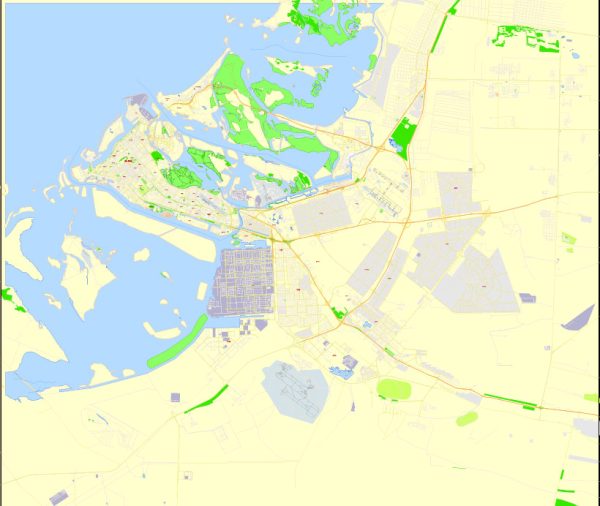The United Arab Emirates (UAE) is a federation of seven emirates, and Abu Dhabi is one of them. The creation and history of the UAE are quite fascinating, and Abu Dhabi played a significant role in its formation. Here’s a brief overview of how Abu Dhabi and the UAE came into existence:
- Pre-Union Period:
- Before the formation of the UAE, the region consisted of several emirates, each with its ruler and varying degrees of independence. Abu Dhabi was one of these emirates and was traditionally ruled by the Al Nahyan family.
- Formation of the UAE:
- The idea of unifying the emirates gained momentum in the 1960s due to shared cultural, historical, and geographical factors, as well as the desire for increased security and economic stability.
- In December 1971, the emirates of Abu Dhabi, Dubai, Sharjah, Umm Al-Quwain, Fujairah, and Ajman came together to form the United Arab Emirates. Ras Al Khaimah joined the federation shortly after, in February 1972.
- The formation of the UAE marked the end of the British colonial presence in the region. The UK had previously held a significant role in the administration of the emirates.
- Abu Dhabi’s Role:
- Abu Dhabi was instrumental in the formation of the UAE. Sheikh Zayed bin Sultan Al Nahyan, the ruler of Abu Dhabi, played a crucial role in uniting the emirates and served as the first President of the UAE.
- The wealth generated from Abu Dhabi’s oil reserves provided crucial financial support for the development of the UAE as a whole.
- Establishment of Federal Institutions:
- The UAE established federal institutions to manage various aspects of the country, such as the Federal National Council (FNC), the Supreme Council of Rulers, and the Council of Ministers.
- The Supreme Council of Rulers is composed of the rulers of each emirate, with Abu Dhabi’s ruler serving as the President and Dubai’s ruler as the Vice President.
- Rapid Development:
- Following the union, the UAE embarked on a period of rapid development. The revenue from oil exports, especially from Abu Dhabi, was invested in infrastructure, education, healthcare, and diversification of the economy.
- Modern UAE:
- Today, the UAE is known for its modern infrastructure, diversified economy, and global presence. It has become a hub for tourism, finance, trade, and cultural exchange.
- Abu Dhabi, the capital of the UAE, is home to various cultural and economic landmarks, including the Sheikh Zayed Grand Mosque, the Louvre Abu Dhabi, and numerous international businesses.
The creation of the UAE brought together different emirates under a common flag and governance structure, fostering unity, stability, and economic prosperity. Abu Dhabi’s leadership, along with the cooperation of the other emirates, played a pivotal role in shaping the nation’s history and development.


 Author: Kirill Shrayber, Ph.D.
Author: Kirill Shrayber, Ph.D.